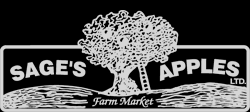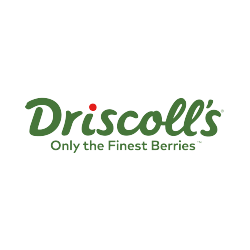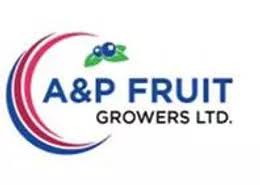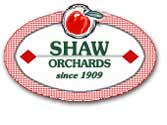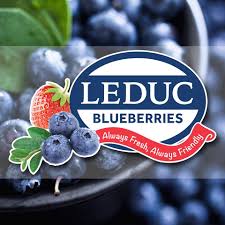Kevin Hamilton, vice president of global marketing and communications at the U.S. Highbush Blueberry Council, says that while marketing efforts in the industry often reflect the health halo of fresh produce, he equates that message to being the same as a sports car salesman — you can’t just sell a potential buyer on the car’s speed.
“Of course it’s fast. It’s a sports car,” he says. “Well, yeah, of course, it’s healthy. We’re talking about agriculture. So, everything’s healthy.”
Hamilton, who joined the latest episode of “The Packer Podcast” to talk about the future of fresh produce marketing and opportunities for blueberries to showcase its unique value proposition.
“My message and my point to all out there, at least playing in the in agriculture marketing space is just do it,” he says. “Look at what you’re doing, look at what everyone else is doing, and ask yourselves, are we different? Are we giving the consumer a reason to choose us versus other options?”
He says it’s critical for marketers to truly understand what consumers want, along with identifying key differentiators. Drawing on his experience in other commodities, as well as consumer packaged goods (CPGs), Hamilton says there’s more to marketing fresh produce than just its health benefits.
“We’re looking at things in a way that, again, sounds a lot like CPGs would look at it — at least from an above-the-line marketing perspective,” he says. “And the notion here is that we have the should down, meaning consumers know they should eat this product, because, again, the health story, the health halo, is well penetrated.”
He says, from there, the U.S. Highbush Blueberry Council seeks to tap into consumers’ emotional connection to blueberries, which he says is a natural fit given the nature of farming.
“If there’s one thing that makes agriculture, and I should say historical agricultural communications and marketing, different than what certainly we did and what I did in CPG, before I got to agriculture, it’s that,” he says. “It’s this is a salt of the earth, type of space that’s very it’s very tangible. … What the CPG space figured out a long time ago is that’s not enough to generate margin on a product. When you think about all the things out there that are sold, and you think about the ones that are highest priced, it’s usually an emotional connection that’s driving the high price, not anything functional. … There is a lane there for us to own as a food product that doesn’t have to be simply about function and logic related to consumer value.”


